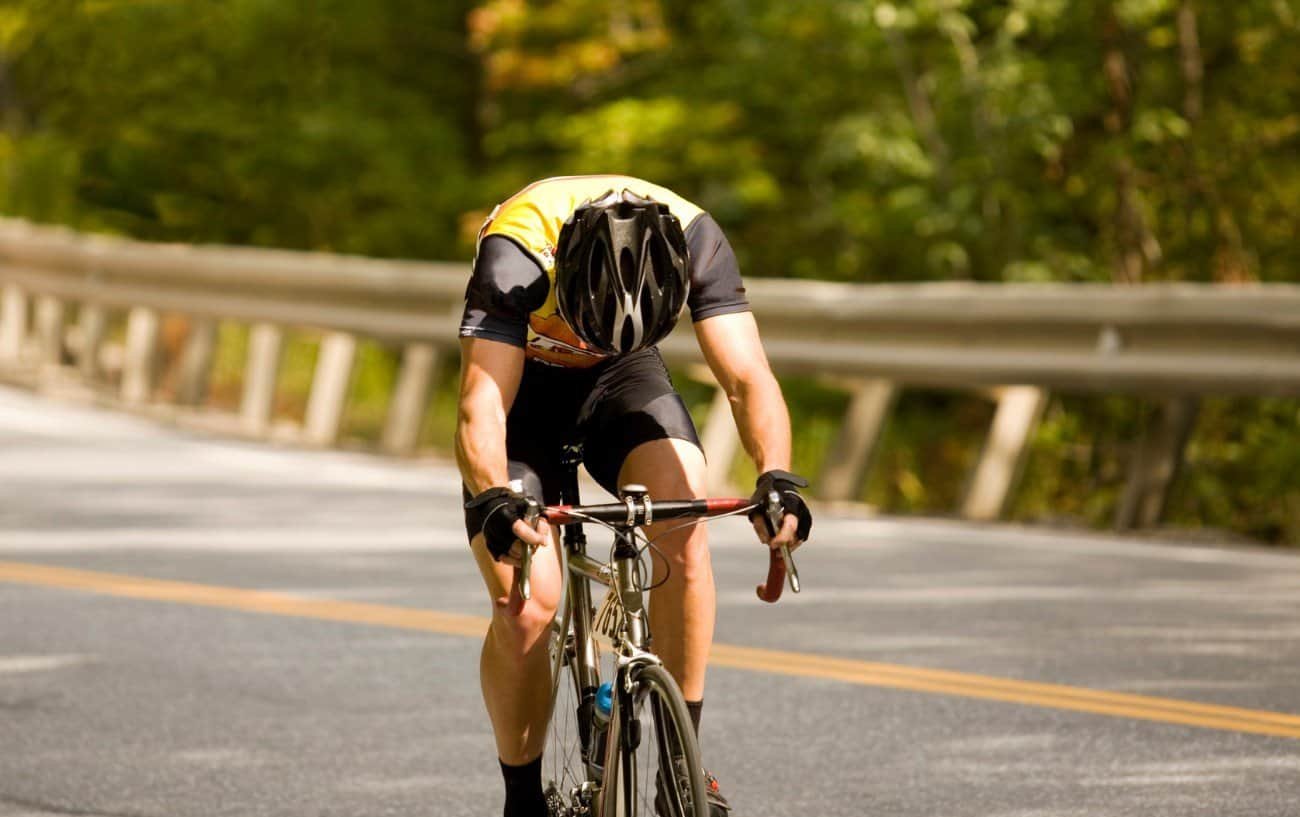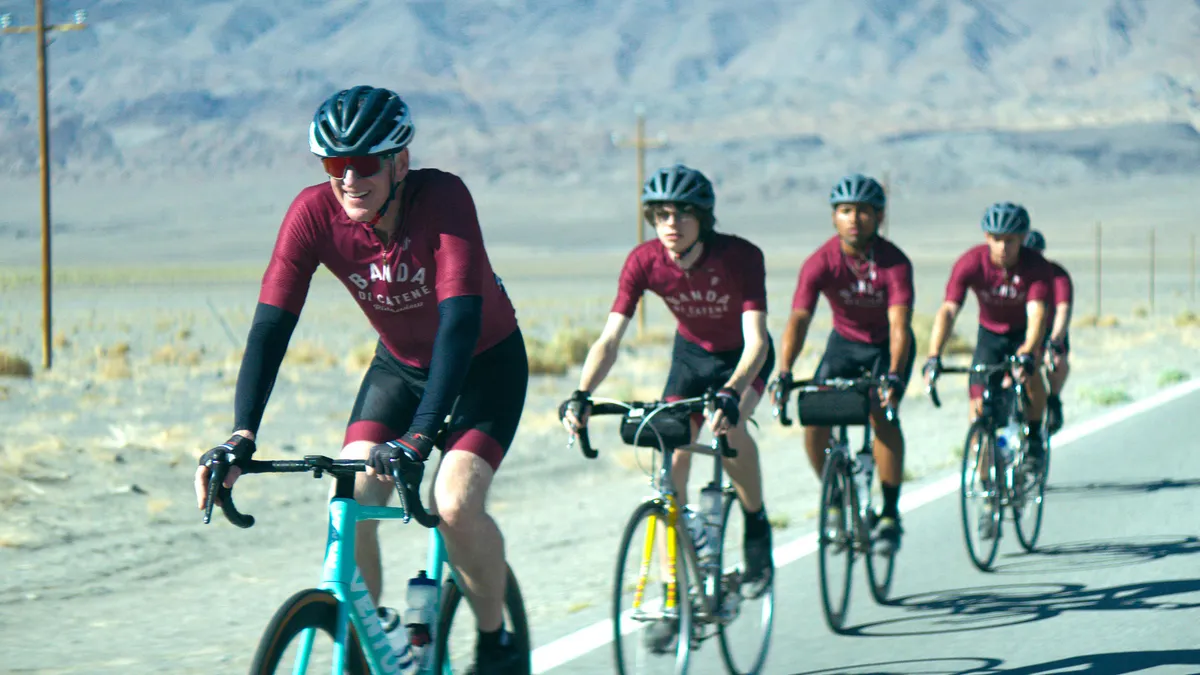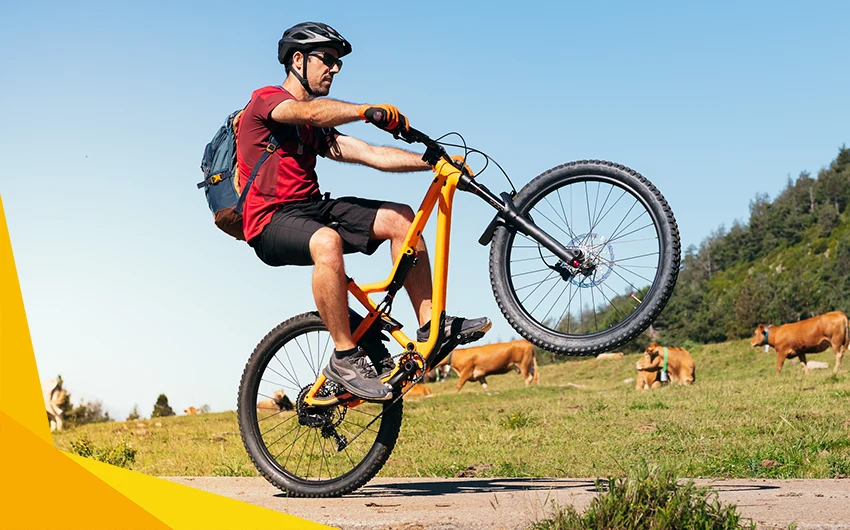In the rhythm of modern living—where technology dictates our pace and wellness defines our worth—cycling has re-emerged as more than a mere mode of transport. It’s a movement, a revolution powered by passion, sustainability, and the desire for freedom. Whether you’re a commuter weaving through city streets, a weekend trail explorer, or a competitive rider chasing the wind, the world of cycling has evolved dramatically. This revolution is being fueled by innovation, eco-consciousness, and the pursuit of a balanced lifestyle.
Let’s take a deep dive into the modern cycling landscape—exploring the trends reshaping it, the essential tips for riders of all levels, and the techniques that define mastery on two wheels.
1. The Rise of the Cycling Revolution
Cycling, once seen as a simple, human-powered vehicle, has transformed into a cultural and technological phenomenon. Across the globe, cities are embracing cycling infrastructure, athletes are redefining endurance limits, and ordinary people are rediscovering the joy of motion powered by their own effort.
The COVID-19 pandemic played an unexpected role in sparking this modern cycling boom. With gyms closed and public transport avoided, people turned to bikes as a safe and liberating alternative. But what began as a necessity soon became a lifestyle. Urban cycling surged, e-bikes exploded in popularity, and cycling communities grew stronger—connecting riders across cities and continents.
Now, cycling represents more than exercise—it’s a statement of sustainability, health, and freedom.
2. Emerging Trends in Modern Cycling
a. The Electric Revolution: E-Bikes on the Rise
Electric bikes (e-bikes) have changed the rules of the road. With battery-powered assistance, even long-distance commutes and steep climbs have become accessible to the average rider. Cities like Amsterdam, Copenhagen, and Portland are leading the charge, integrating e-bikes into public transit systems and encouraging sustainable mobility.
Modern e-bikes come with smart sensors, integrated GPS, regenerative braking, and even smartphone connectivity. They cater to commuters, delivery workers, and adventure cyclists alike. The e-bike isn’t just a gadget—it’s a gateway to freedom for millions who might never have cycled otherwise.
b. Sustainability and Eco-Conscious Commuting
Cycling has become the green face of the eco-movement. With growing environmental awareness, more people are ditching cars for bikes to reduce carbon footprints. Governments are responding with bike lanes, parking facilities, and cycling-friendly policies. For many, cycling is now a daily act of environmental responsibility.
c. Gravel and Adventure Cycling
The thrill of gravel cycling—riding mixed terrain that blends road and mountain experiences—is one of the fastest-growing niches in cycling. These bikes, built to handle both smooth and rugged paths, attract riders who crave exploration over speed. Adventure cyclists now seek multi-day bike-packing trips, where the journey matters more than the destination.
d. Smart Cycling and Tech Integration
From wearable sensors to AI-driven apps, technology is enhancing every aspect of the ride. Smart helmets with built-in lights and crash detection, power meters that track efficiency, and GPS-based training platforms have turned cycling into a science. Apps like Strava and Komoot connect riders globally, allowing them to share routes, track progress, and compete virtually.
e. Cycling as a Fitness Revolution
The fitness world has embraced cycling like never before. Indoor cycling studios and virtual platforms like Peloton and Zwift have made training engaging and social. Riders can now join group rides, climb virtual mountains, and compete in real time from their living rooms. The fusion of technology and training has transformed cycling into both a physical and digital sport.
3. Essential Tips for Cyclists of All Levels
Whether you’re a casual rider or a seasoned cyclist, the right habits can elevate your ride from routine to remarkable. Here are essential tips to keep you safe, efficient, and motivated.
a. Choose the Right Bike
Your bike should suit your purpose. Road bikes offer speed on pavement, mountain bikes excel on rough terrain, hybrids balance both worlds, and e-bikes add power when you need it. Test multiple options, consider frame size, and ensure comfort before committing.
b. Gear Up Wisely
A quality helmet is non-negotiable. Add padded gloves, breathable jerseys, and moisture-wicking shorts for comfort on long rides. Reflective gear and lights enhance visibility—especially for urban riders. Don’t forget a basic repair kit, pump, and spare tubes.
c. Master Maintenance Basics
Knowing how to fix a flat tire, adjust brakes, and clean your drivetrain can save you time, money, and frustration. Regular maintenance—checking tire pressure, lubricating the chain, and inspecting cables—keeps your bike running smoothly and safely.
d. Hydration and Nutrition
Cycling demands endurance, and your body needs fuel. Stay hydrated before, during, and after rides. For longer rides, carry electrolyte drinks and snacks like bananas or energy bars. The right balance of carbs, protein, and hydration can make the difference between fatigue and flow.
e. Plan Your Routes
A good ride starts with a good route. Use apps or local maps to plan paths that match your skill level and interest—whether scenic countryside, urban trails, or coastal roads. Always check weather conditions before you start.
f. Safety First
Follow traffic laws, signal your turns, and stay alert. Avoid distractions, especially headphones that block ambient sound. Ride predictably, and always assume drivers may not see you. Your visibility and awareness are your greatest defenses.
4. Techniques to Elevate Your Riding Game
Cycling may look simple, but mastering technique can transform performance and enjoyment. The best riders focus not just on strength, but on efficiency and control.
a. Perfect Your Pedal Stroke
Smooth pedaling means continuous power. Instead of stomping down, imagine making a circular motion—pushing forward, pulling up, and sweeping through. This technique maximizes energy transfer and reduces strain on your knees.
b. Optimize Your Riding Position
Posture impacts comfort and speed. Keep your back flat, core engaged, and elbows slightly bent to absorb shock. Adjust your saddle height so your leg is nearly straight at the bottom of each pedal stroke. A professional bike fitting can make a world of difference.
c. Cornering with Confidence
Approach turns wide, look through the corner (not down), and lean your bike—not your body—while keeping your inside pedal up. Practice on safe roads to build confidence before tackling tighter corners at higher speeds.
d. Climbing Smart
When facing hills, shift to an easier gear early, keep your cadence steady, and focus on breathing. Stay seated to conserve energy on long climbs, but stand occasionally to stretch muscles and distribute effort.
e. Descending Safely
On downhills, lower your center of gravity, relax your grip, and use both brakes evenly. Feather the brakes instead of clamping them to maintain control and avoid skidding.
f. Drafting and Group Riding
In group rides, drafting—riding close behind another cyclist—reduces wind resistance by up to 30%. Maintain steady speed, communicate with hand signals, and never overlap wheels. Group riding builds camaraderie and efficiency, but requires discipline and awareness.
5. The Mental Game of Cycling
Cycling isn’t just physical—it’s deeply mental. Long rides test your focus, endurance, and willpower. The rhythm of pedaling becomes meditative; the road becomes a metaphor for persistence.
Set realistic goals, track progress, and celebrate small victories. When fatigue hits, remember why you ride—whether for fitness, freedom, or fun. The mental resilience you build on the bike often translates into other parts of life.
Mindfulness plays a role too. Many cyclists find peace in the repetitive motion and open air. It’s a form of active meditation, offering clarity and emotional balance.
6. Community, Culture, and Connection
The global cycling community is one of the most welcoming and inspiring spaces in sports. From local cycling clubs to online forums, riders share routes, advice, and encouragement. Charity rides raise awareness for causes, while competitive events push boundaries of human endurance.
Social media and apps have turned solo rides into shared experiences. A cyclist in New York can share stats, photos, and encouragement with a rider in Tokyo. The sense of belonging keeps the movement alive and growing.
Cycling also connects us to nature. It slows the world down just enough to notice the sunrise, the breeze, or the quiet hum of tires on pavement. It’s not just about the destination—it’s about the moments in between.
7. The Future of Cycling
The road ahead for cycling looks bright—and electric. Innovations in battery technology, sustainable materials, and smart mobility are making cycling more accessible and efficient than ever. Self-charging solar bikes, AI-powered helmets, and carbon-neutral manufacturing are already in development.
Urban planning is also evolving. Cities are investing in protected bike lanes, greenways, and shared micro-mobility systems. Cycling could soon be the backbone of sustainable urban transport, reducing congestion and pollution while improving public health.
Meanwhile, professional cycling continues to push the limits of human performance, blending athleticism with data analytics and advanced aerodynamics. The Tour de France of tomorrow will likely look as digital as it is physical.
8. Why the Revolution Matters
Cycling isn’t just a sport—it’s a revolution of mindset. It challenges the dominance of cars, reclaims public spaces, and promotes well-being. Every pedal stroke represents independence, sustainability, and connection—to oneself, to others, and to the planet.
It reminds us that progress doesn’t always need an engine. Sometimes, it just needs balance, rhythm, and motion.
Conclusion: Ride On
The cycling revolution isn’t coming—it’s already here. From the hum of electric bikes to the grit of gravel trails, from fitness apps to city lanes, the world is rediscovering the power of the pedal. Cycling embodies everything our era seeks—health, sustainability, innovation, and freedom.
So whether you’re chasing a sunrise, a finish line, or simply a better version of yourself—ride the revolution. Because every ride is more than movement—it’s a story of strength, spirit, and change in motion.



